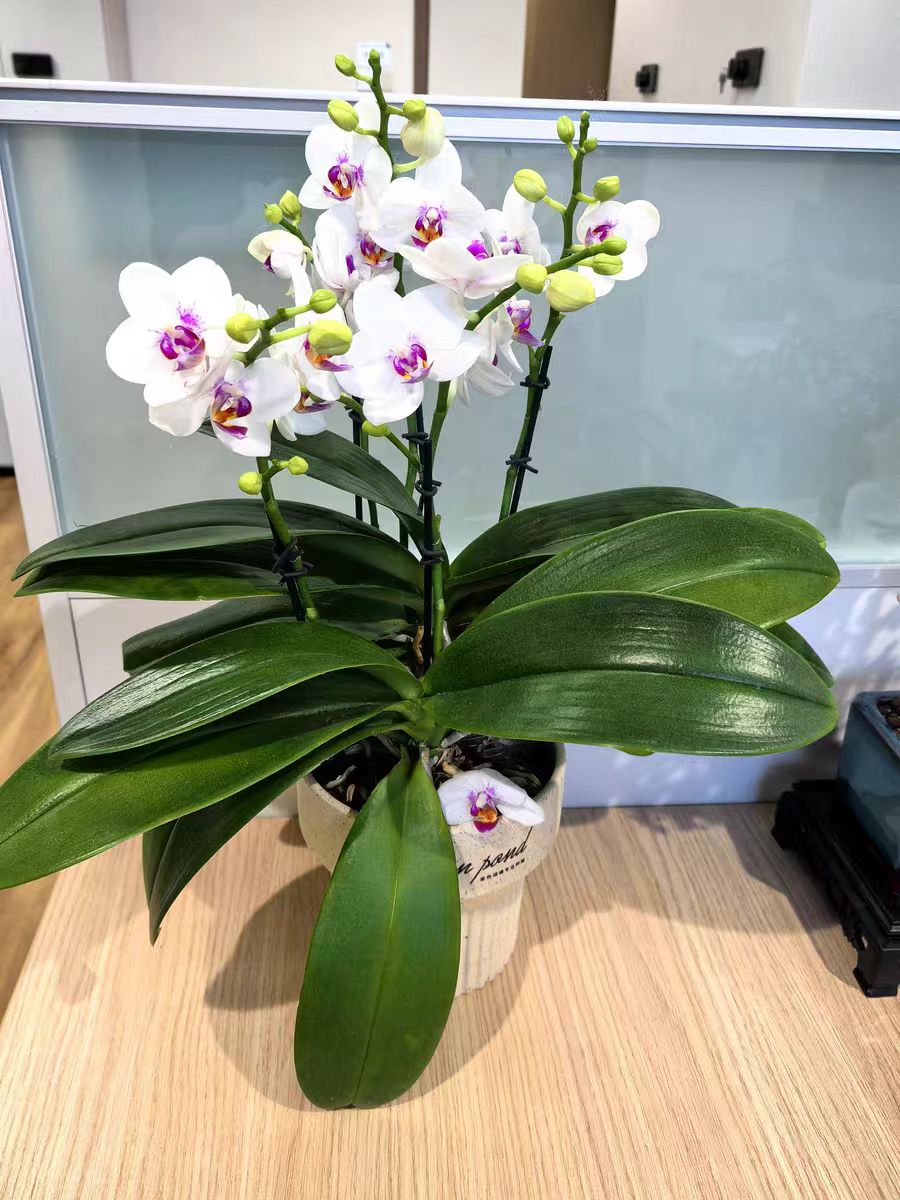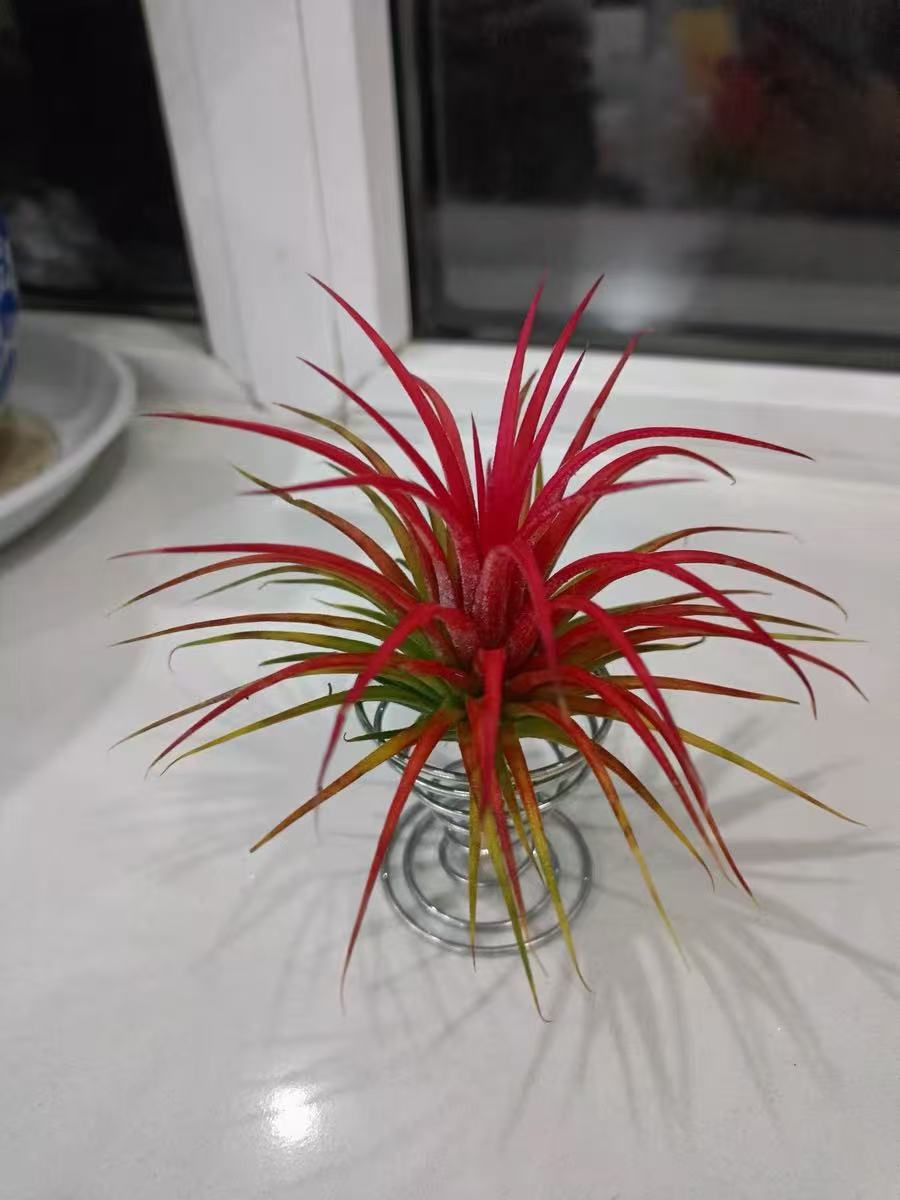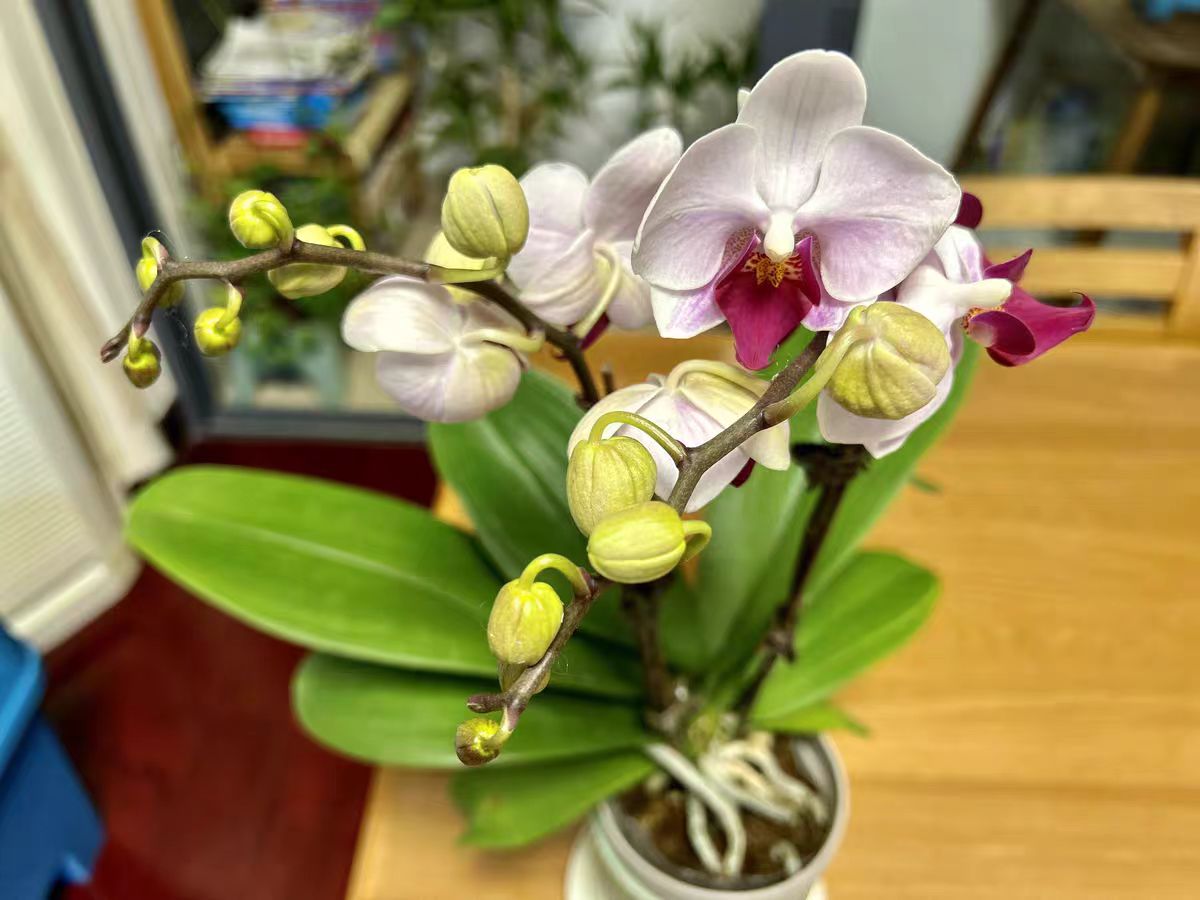The Phalaenopsis orchid is the "beauty" among indoor ornamental flowers. In daily maintenance, under what circumstances must it be pruned? In fact, timely and appropriate pruning can not only optimize the plant's shape but also provide a strong guarantee for its healthy growth and continuous blooming.
Although the Phalaenopsis orchid seems delicate, reasonable pruning is an essential part of its maintenance process. Pruning can help the plant reduce unnecessary nutrient consumption and concentrate more energy on the growth of key parts. By removing withered flowers, yellowed leaves, and diseased branches, it is also possible to improve the ventilation and light conditions inside the plant, reduce the risk of the breeding of pests and diseases, and thus enhance the overall health level and ornamental value of the Phalaenopsis orchid. Just as a well-tended garden needs regular pruning of branches and leaves, the Phalaenopsis orchid also needs appropriate pruning to show its most beautiful posture.
Specific situations in which the Phalaenopsis orchid needs pruning:
When the flowers of the Phalaenopsis orchid wither and the once delicate petals gradually wither and change color, this is the most obvious pruning signal. If the withered flowers and flower stems are not dealt with in a timely manner, the plant will continue to supply nutrients to them, resulting in unnecessary consumption and affecting subsequent recovery and growth. At this time, pruning should be carried out according to different needs:
Hoping for a second bloom: If you want the Phalaenopsis orchid to bloom again in a short period, you can keep 2-3 nodes upward from the base of the flower stem and cut it obliquely from between the nodes. The retained nodes of the flower stem have the potential to germinate lateral buds. After a period of maintenance, the lateral buds may develop into new flower branches and bloom again. This pruning method extends the viewing period to a certain extent, but it also requires a relatively high level of nutrient reserves in the plant.
Reducing nutrient consumption: If you don't pursue a second bloom, or if the flower stem is relatively old and thin, it is recommended to cut off the entire flower stem directly from the base of the flower stem. This can minimize nutrient loss, allowing the plant to quickly recover from the consumption during the flowering period and accumulate energy for the next bloom.
In daily maintenance, the leaves of the Phalaenopsis orchid will inevitably be attacked by pests and diseases, or wither and turn yellow due to environmental factors. When you find spots, rot, or completely dry leaves, you must prune them in a timely manner. These diseased and withered leaves not only affect the appearance of the plant but also become a hotbed for the breeding and spread of pathogens and pests. If not dealt with in a timely manner, the disease may spread rapidly and endanger the entire plant. When pruning, try to cut off the diseased and withered leaves close to the base of the leaves. After pruning, carefully observe other parts of the plant. If necessary, use pesticides for prevention and control to prevent the recurrence of pests and diseases.
When the growth is too dense: As the Phalaenopsis orchid grows, if new leaves keep sprouting, the leaves may become too dense. At this time, the ventilation and light inside the plant are poor, humidity is likely to accumulate, and the risk of fungal infection increases. Moreover, the overly crowded leaves will compete with each other for nutrients and light, affecting the overall growth. In such a situation, it is necessary to appropriately thin out some leaves or redundant young buds, keep the healthy and reasonably distributed leaves, improve the growth environment of the plant, promote air circulation and light exposure, and keep the Phalaenopsis orchid in a good growth state.
When the roots are abnormal: Although the roots are not easy to observe in the soil, when the Phalaenopsis orchid shows poor growth, wilting leaves, and other phenomena, and after ruling out conventional factors such as watering and fertilization, there may be problems with the roots. At this time, you can carefully take the plant out of the pot to check the roots. If you find that there are rotten and blackened roots, use a disinfected pair of scissors to cut them off to avoid infecting other healthy roots. After pruning the roots, the plant needs to be properly treated, such as soaking and disinfecting it with a carbendazim solution, and then repotting it and placing it in a suitable environment for seedling recovery.
The Phalaenopsis orchid needs timely pruning to maintain a good growth state and ornamental effect. As long as we carefully observe the growth changes of the plant, accurately grasp the pruning timing, and master the correct pruning methods, we can help the Phalaenopsis orchid grow healthily and vigorously.
Does the Phalaenopsis orchid need pruning?

Share with
Tagged in :



Leave a Reply